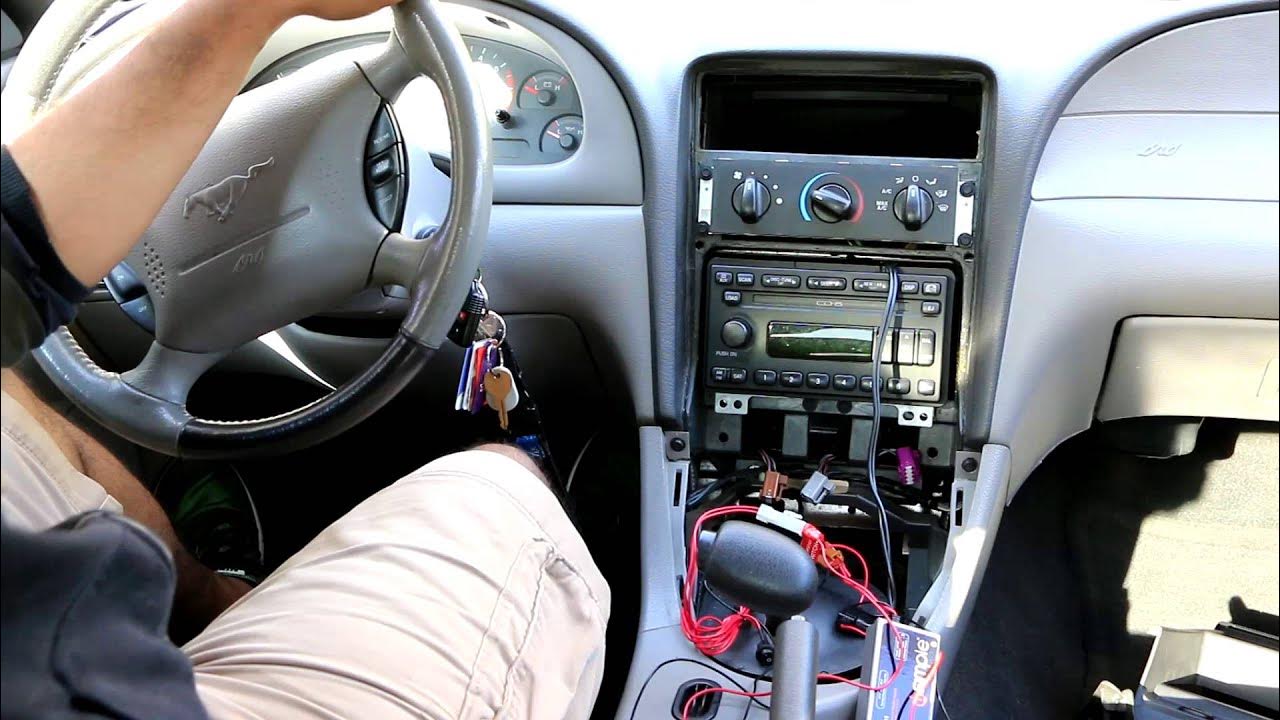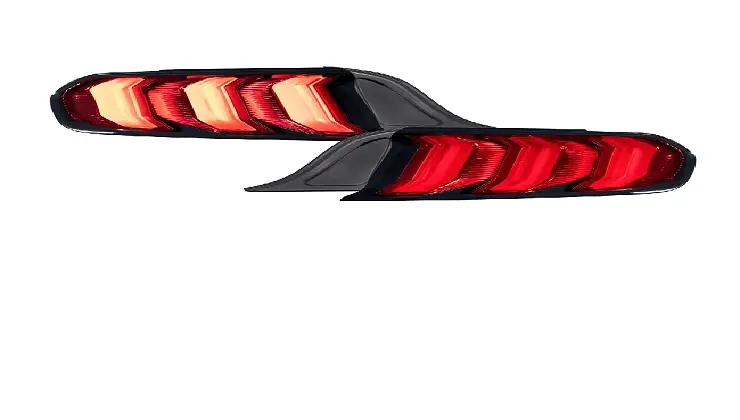Limited slip differentials play a crucial role in enhancing a vehicle’s traction and handling capabilities. They are designed to distribute torque between the wheels, allowing for better power delivery and improved control during acceleration and cornering. Among the various options available, the 3.15 and 3.55 limited slip differentials are popular choices in the automotive industry.
In this article, we will explore the features, performance advantages, and factors to consider when choosing between the 3.15 vs 3.55 limited slip differentials.
Contents
- 1 What is a limited slip differential?
- 2 What is the 3.15 limited slip differential?
- 3 What is the 3.55 limited slip differential?
- 4 3.15 vs 3.55 Limited Slip Differential: Comparison Table
- 5 Factors to consider when choosing between 3.15 vs 3.55 limited slip differentials
- 6 Frequently Asked Questions (FAQs)
- 7 Conclusion
What is a limited slip differential?
A limited slip differential (LSD) is a type of differential that incorporates a torque-sensing mechanism. Unlike an open differential that allows one wheel to spin freely when traction is lost, a limited slip differential actively transfers torque to the wheel with better grip. This helps maximize traction and maintain control over the vehicle.
What is the 3.15 limited slip differential?
The 3.15 limited slip differential refers to a specific gear ratio between the ring and pinion gears within the differential. This ratio determines the number of rotations the wheels make in relation to the rotations of the driveshaft. A lower gear ratio, such as 3.15, provides higher torque multiplication, resulting in improved acceleration and low-end power. This can be advantageous for vehicles that require quick launches and increased pulling power.
Key Features of 3.15 Limited Slip Differential
The 3.15 limited slip differential offers a unique set of features that cater to specific driving preferences and conditions. Let’s explore its key characteristics:
Gear Ratio: The gear ratio refers to the difference in rotational speed between the ring and pinion gears inside the differential. In the case of the 3.15 LSD, the ring gear rotates 3.15 times for each rotation of the pinion gear. This ratio indicates that the LSD is optimized for efficient power distribution and improved fuel economy, making it ideal for highway driving.
Traction and Performance: The 3.15 limited slip differential excels in providing excellent traction and stability, particularly in slippery road conditions. The higher gear ratio allows for better torque distribution, ensuring both wheels receive power more evenly. This feature enhances the vehicle’s ability to navigate challenging terrains and corners, resulting in improved handling and performance.
Fuel Efficiency: One notable advantage of the 3.15 LSD is its positive impact on fuel economy. The higher gear ratio enables the engine to operate at lower RPMs while maintaining sufficient power delivery. As a result, the vehicle consumes less fuel during highway cruising, contributing to better overall efficiency and potentially reducing fuel costs.
Pros and Cons of 3.15 Limited Slip Differentia
Now that we have examined the key features of the 3.15 limited slip differential, let’s examine the pros and cons of the 3.15 LSD:
Pros
- Optimal for highway driving and long-distance cruising.
- Improved fuel efficiency and reduced operating RPMs.
- Enhanced traction and stability in slippery conditions.
- Smooth handling and improved cornering capabilities.
Cons
- May not provide the same level of aggressive acceleration as the 3.55 LSD.
- Less suitable for performance-driven applications or spirited driving.
- May not offer the same off-road capabilities as the 3.55 LSD on challenging terrains.
What is the 3.55 limited slip differential?
The 3.55 limited slip differential features a slightly higher gear ratio compared to the 3.15 variant. This higher ratio provides a balance between torque multiplication and top-end speed. Vehicles equipped with a 3.55 limited slip differential may experience slightly slower acceleration but can achieve higher top speeds due to the increased gear ratio.
Features of 3.55 Limited Slip Differential
In contrast to the 3.15 LSD, the 3.55 limited slip differential offers a slightly different set of features that cater to specific driving requirements. Let’s delve into its key characteristics:
Gear Ratio: The 3.55 LSD has a gear ratio of 3.55, which means the ring gear rotates 3.55 times for each rotation of the pinion gear. This ratio is slightly lower than the 3.15 LSD, making it a favorable choice for those seeking more aggressive acceleration and better low-end torque.
Acceleration and Torque: The 3.55 limited slip differential excels in providing quick acceleration and enhanced low-end torque. The lower gear ratio allows the engine to reach higher RPMs quicker, resulting in faster acceleration from a standstill and improved response during overtaking maneuvers. This feature makes the 3.55 LSD well-suited for performance-oriented driving enthusiasts.
Off-Road Performance: If you enjoy off-roading adventures and tackling rugged terrains, the 3.55 LSD is a favorable option. The lower gear ratio provides increased torque to the wheels, allowing for better traction and improved climbing ability on steep inclines or uneven surfaces. The enhanced off-road performance of the 3.55 LSD makes it an attractive choice for off-road enthusiasts.
Pros and Cons of 3.55 Limited Slip Differential
Now that we’ve explored the key features of the 3.55 LSD ratios, let’s summarize the pros and cons:
Pros
- Quick acceleration and enhanced low-end torque.
- Ideal for performance-oriented driving enthusiasts.
- Improved off-road performance and climbing ability.
- Responsive and agile maneuvering.
Cons
- Higher RPMs during highway driving, potentially impacting fuel efficiency.
- Limited suitability for long-distance cruising or highway-oriented vehicles.
- May not provide the same level of fuel efficiency as the 3.15 LSD in certain driving conditions.
3.15 vs 3.55 Limited Slip Differential: Comparison Table
To provide a clear overview of the differences between the 3.15 and 3.55 limited slip differentials, let’s compare them side by side:
| Features | 3.15 Limited Slip Differential | 3.55 Limited Slip Differential |
| Gear Ratio | Lower (favoring fuel efficiency) | Higher (favoring acceleration) |
| Traction and Stability | Excellent in low-traction conditions | Slightly reduced in low-traction conditions |
| Responsiveness and Acceleration | Smooth and gradual | Improved off-the-line acceleration |
| Performance Capabilities | Limited | Enhanced for performance-oriented driving |
| Fuel Efficiency | Enhanced | Slightly reduced |
| Off-Road Performance | Moderate | Excellent |
| Overall Recommendation | Ideal for highway driving and vehicles with higher torque output | Suitable for performance enthusiasts and vehicles with lower torque output |
Factors to consider when choosing between 3.15 vs 3.55 limited slip differentials
When deciding between the 3.15 and 3.55 limited slip differentials, several factors come into play. Here are some key considerations:
Intended use: Determine the primary purpose of your vehicle. If quick launches, towing capacity, or off-road performance are important, the 3.15 limited slip differential may be the better choice. For high-speed performance and top-end speed, the 3.55 differential is more suitable
Driving conditions: Consider the typical driving conditions you encounter. If you frequently navigate challenging terrains or require enhanced low-speed crawling abilities, the 3.15 differential can provide the necessary torque. However, if you mainly drive on open roads or racetracks, the 3.55 differential may offer better overall performance.
Personal preference: Your own driving style and preferences also play a role. If you enjoy the thrill of quick acceleration and raw power, the 3.15 differential can deliver an exhilarating experience. Conversely, if you prioritize high-speed stability and top-end performance, the 3.55 differential may be more appealing.
Frequently Asked Questions (FAQs)
Q: Can I install a limited slip differential myself?
A: While it’s possible to install a limited slip differential yourself, it requires advanced mechanical knowledge and specialized tools. It’s recommended to seek professional assistance for the installation process to ensure proper fitment and functionality.
Q: Are limited slip differentials suitable for all types of vehicles?
A: Limited slip differentials can benefit a wide range of vehicles, including cars, trucks, SUVs, and performance vehicles. However, the specific ratio and characteristics of the limited slip differential should align with the vehicle’s intended use and performance requirements.
Q: Do limited slip differentials require maintenance?
A: Limited slip differentials typically require regular maintenance, including fluid changes, to ensure optimal performance and longevity. Refer to the manufacturer’s recommendations and consult with a professional for proper maintenance intervals.
Q: Can a limited slip differential improve traction in snowy conditions?
A: Yes, limited slip differentials can enhance traction in snowy conditions by transferring power to the wheels with better grip, reducing the likelihood of wheel slippage.
Q: How much does a limited slip differential upgrade cost?
A: The cost of a limited slip differential upgrade can vary depending on factors such as the vehicle make and model, the specific ratio chosen, and the labor costs associated with installation. It’s recommended to obtain quotes from reputable shops or dealerships for accurate pricing information.
Conclusion
The choice between the 3.15 and 3.55 limited slip differentials ultimately depends on your specific requirements and preferences. The 3.15 LSD offers increased low-end power, excellent traction, and potential fuel efficiency benefits, making it well-suited for off-road and low-speed conditions. On the other hand, the 3.55 LSD strikes a balance between acceleration and top-end speed, making it a favorable choice for spirited driving and enhanced towing capacity.
Remember to consider factors such as your driving style, vehicle specifications, and intended use before making a decision. By understanding the key features, pros and cons, and individual strengths of each LSD ratio, you can make an informed choice to optimize the performance and handling of your vehicle.





